Positive Grid Spark 1 vs Spark 2: which one should you choose?
With the release of Spark 2, we've put the new amp and the original Spark head-to-head in a clash of the practice amps titans
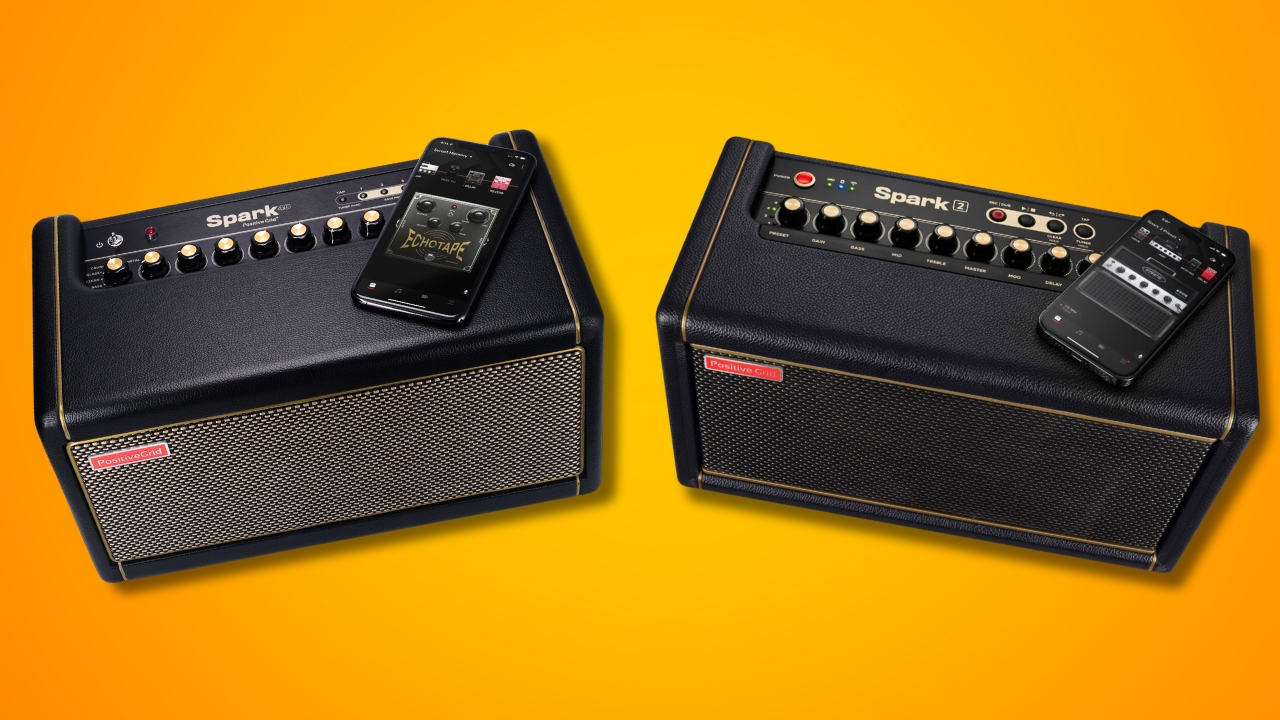
With the release of Spark 2, Positive Grid finally updated what was the go-to desktop guitar amp for the last few years. It’s been a long time coming, but for those who might have already purchased the original Positive Grid Spark (or Spark 1), or are perhaps new to the smart amp game and aren't sure which to choose, I wanted to weigh them up, side-by-side.
Spark 1 was something of a revelation when it first came out, enabling players to practice at low volumes, while allowing for a huge variety of tones. With the arrival of Spark 2, and the practice amp landscape having significantly changed largely due to the impact of Spark 1, now’s the perfect time to compare the two.
The Guitar World team tested Spark 1 and I've had hands-on experience with PG’s latest product (alongside plenty of other Positive Grid gear) for my Spark 2 review, so I'm well placed to make a judgment call when putting both amps head to head.
Having conducted in-depth testing of both, it’s time to pit them against one another and see which is worth your hard-earned cash. Let’s get to it…
Positive Grid Spark 1 vs Spark 2: At a glance
The core features of Spark 1 are that it has 40 watts of power, 2x4-inch speakers, and 4 programmable hardware presets. It uses the Spark app on your smartphone to access more tones, with 33 amp models and 43 effects to choose from alongside other features like Smart Jam and Auto Chords.
Spark 2 on the other hand has more power at 50 watts, improved 2x4-inch FRFR stereo speakers that are slightly angled outwards, and 8 programmable hardware presets. Like Spark 1 it uses the Spark app for extra tones and more detailed editing, and now includes the much-requested looper. It features the same amount of amp models and effects, with the addition of the brand-new HD amp models exclusive to Spark 2.
Positive Grid Spark 1
- Positive Grid Spark 1 review
- Price: $299/£279
- Power: 40W
- Speakers: 2x4”
- Amps: 33
- Effects: 43
- Contact: Positive Grid
Positive Grid Spark 2
- Positive Grid Spark 2 review
- Price: $299/£279
- Power: 50W
- Speakers: 2x4” FRFR
- Amps: 33
- Effects: 43
- Contact: Positive Grid
Positive Grid Spark 1 vs Spark 2: Build quality
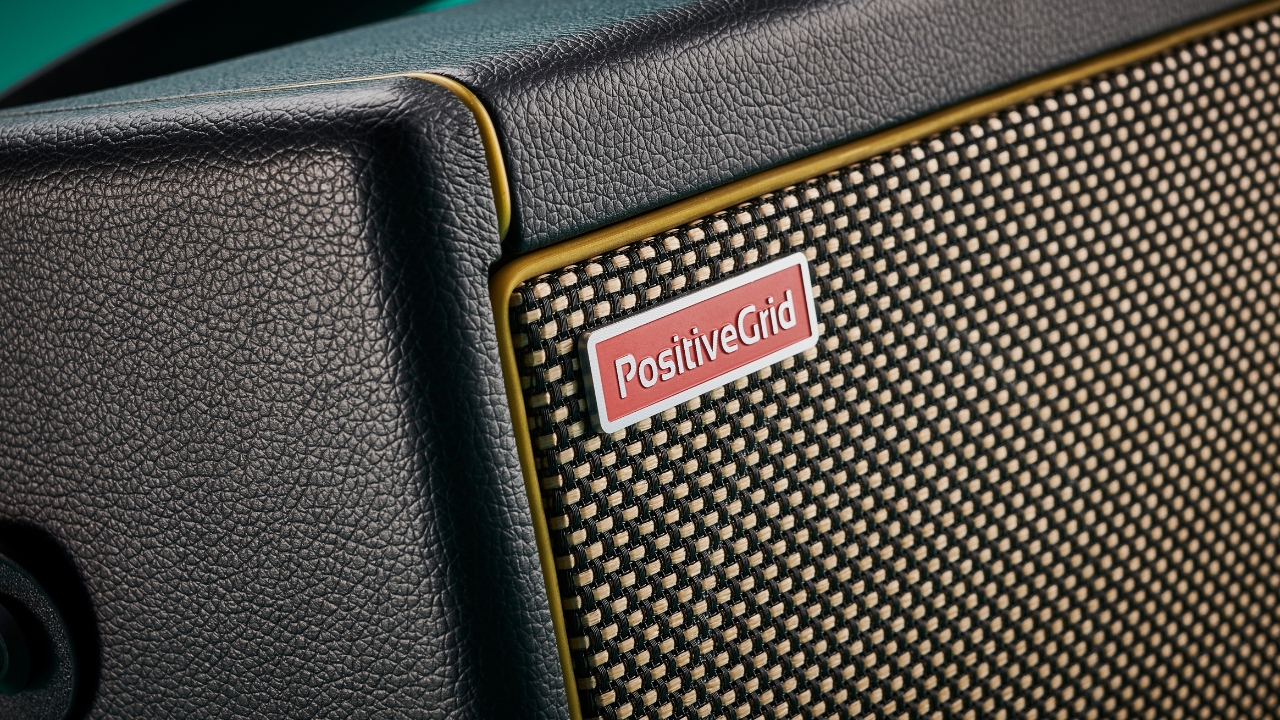
Looking at the amps side by side they’re fairly close in terms of both looks and build quality. Both feature black tolex with gold piping, the same logo, and a similar look to the control panel on the top. Spark 2 has a darker grille color than Spark 1, and features some extra gold piping framing the grille cloth.
All the latest guitar news, interviews, lessons, reviews, deals and more, direct to your inbox!
In terms of build quality, they’re both extremely well made and feel more than durable enough to cope with practicing at home. Both weigh in very similarly, with Spark 1 ever so slightly lighter at 5.2kg, whilst Spark 2 has added a little bulk coming in at 5.5kg. The cabinets for both feel very robust, and the models I tested were very well-finished without any cosmetic blemishes.
Spark 2 continues the ‘bigger is better’ trend by adding a little extra acreage too, it’s slightly wider at 375mm versus Spark 1’s 350mm. It’s also deeper, measuring 214mm to Spark 1’s 190mm. They’re small changes, but if space is at a premium something worth considering. At first glance, I think you’d be hard-pressed to tell anything other than cosmetic differences between the two.
Winner - I’ll call this one a draw, both units are similarly well-built, look nearly identical, and are very close in terms of size.
Positive Grid Spark 1 vs Spark 2: Features
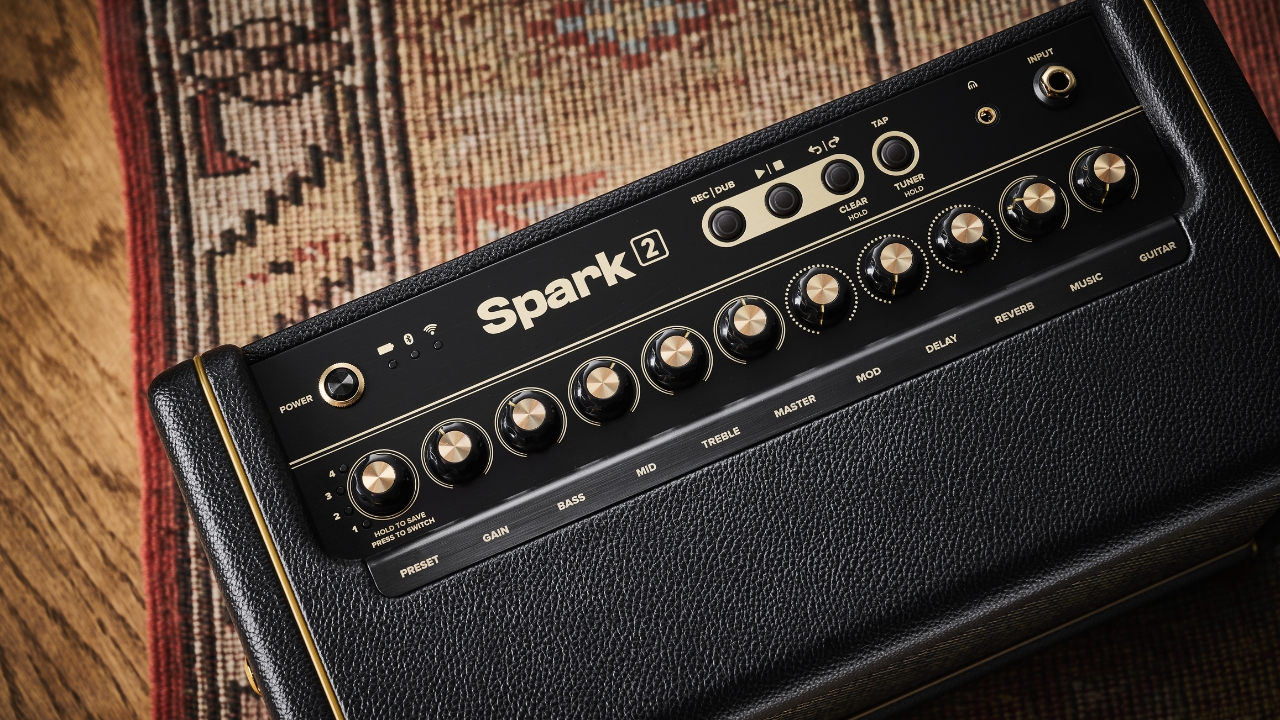
While both amps look very similar, when we start talking about features we begin to see a wider gulf between the two opening up. Both amps have 2x4-inch speakers, but Spark 2’s have been upgraded to FRFR, and are pointed slightly outwards to create a wider stereo spread.
Spark 1 delivers 40 watts of power, but Spark 2 has upgraded this to 50 watts. Of course, at practice volumes, you’re not likely to use either’s full amount of power, but it’s nice to have for those moments when everyone is out of the house. Spark 2 also features a computational audio chip, that uses psychoacoustics to enhance the listening experience, whether you're playing music or your guitar through it.
While both models feature a similar number of amps and effects, Spark 2 has the brand new ‘HD’ models which utilize its increased computational power to deliver a higher quality tone. Spark 2 also ups the ante in terms of hardware presets, doubling from Spark 1’s by the addition of a pushable knob that opens up more save points.
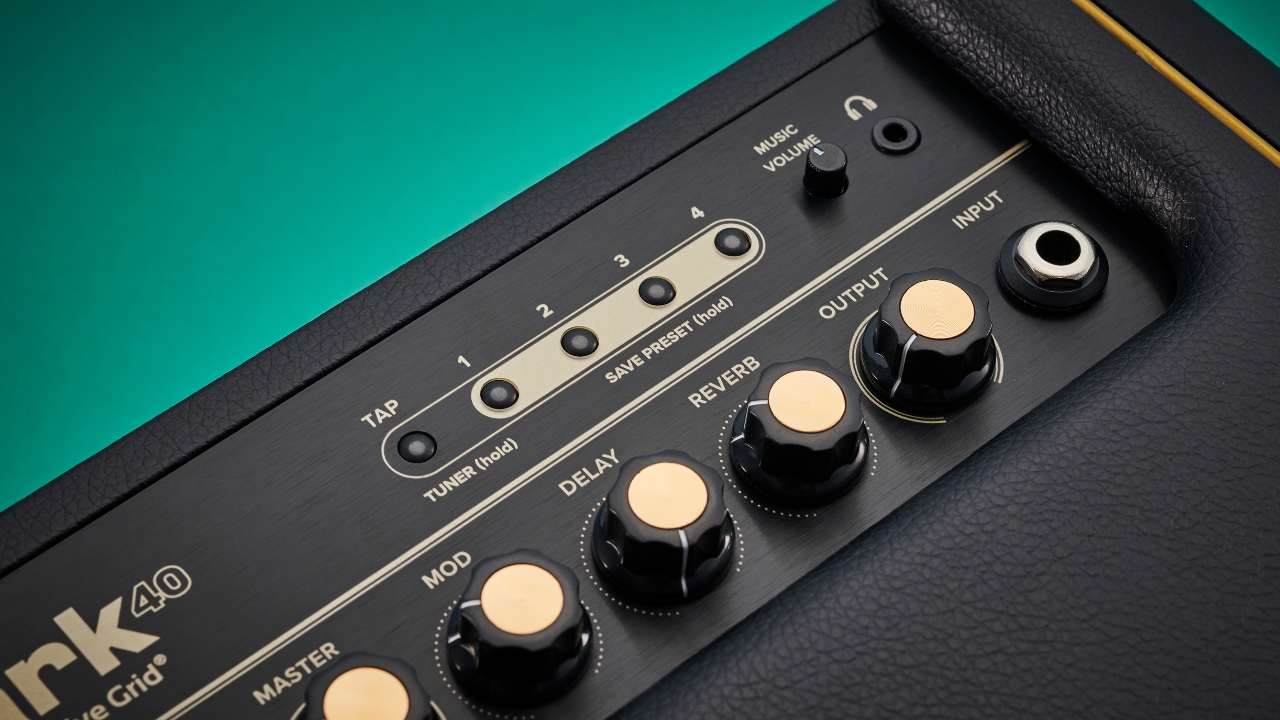
Spark 1 does have an amp selection knob that’s no longer present on Spark 2, which some users might lament the lack of. It allows you to more easily select and customize a preset without diving into the Spark app, albeit with only a select few of the amp models on offer. If you’re not a fan of using your smartphone and enjoy Spark 1’s workflow, it’s certainly something to consider when upgrading to Spark 2.
Spark 2 also features a brand-new looper that can be used via hardware buttons on the amp itself or a portion of the app. Probably the most requested feature from regular Spark users, it represents a significant change from Spark 1. With the addition of the Spark Control X footswitch, you can also control it as a traditional looper with your feet, which a lot of users may find easier than using the Spark app.
Connectivity has changed as well thanks to the addition of stereo line-outs on the Spark 2. For USB audio it’s been upgraded to a USB-C connection, and you no longer need to plug in to update either with Spark 2 as it features over-the-air update capabilities. It’s a huge change from Spark 1’s rather limited connectivity, and was one of the things that needed a refresh.
Winner - I’ll have to give it to Spark 2 here. There are so many new things that might only be evolutionary upgrades, but adding them all up with the new looper sends it well clear of Spark 1 in a pure numbers game.
Positive Grid Spark 1 vs Spark 2: Usability
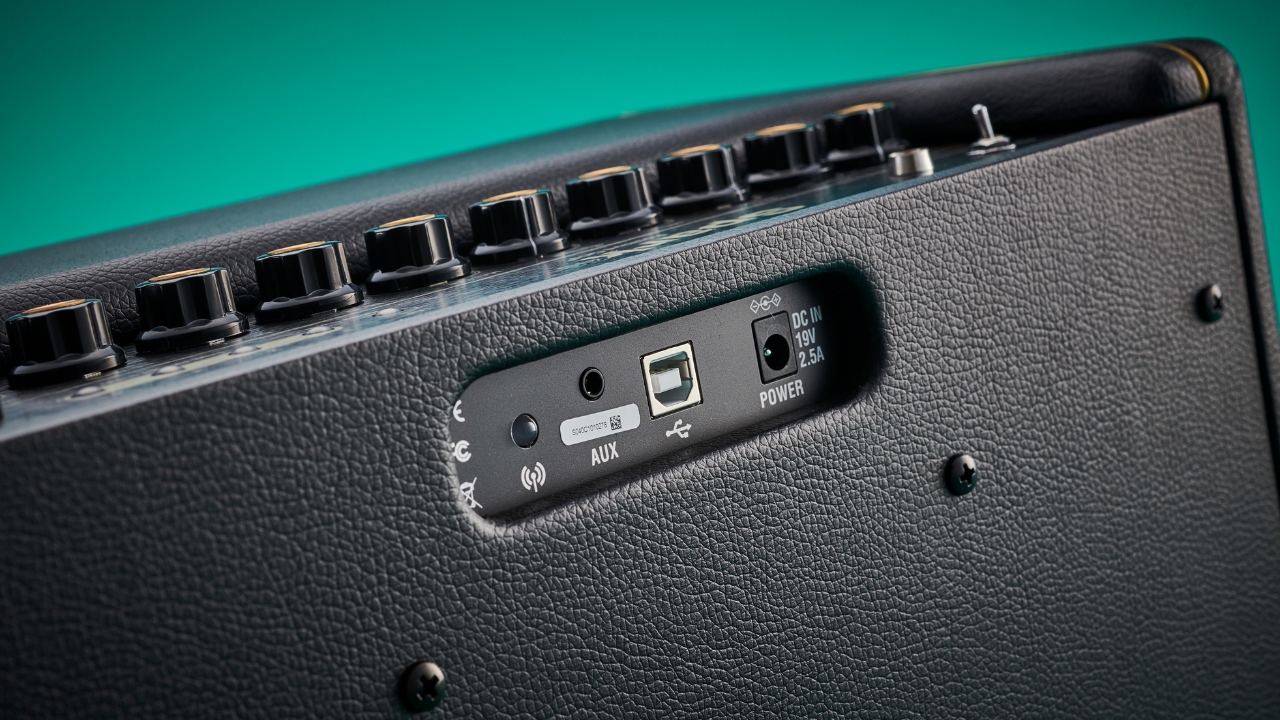
Sharing a similar look and build quality, albeit separated by quite a lot of features, both Spark amps are very similar when it comes to actually using them. The presence of real controls is always a good thing in our book, and Spark 1 features the same amp controls as the Spark 2, with gain, bass, mid, treble, and master controls for setting your tone. They both also feature the same controls for changing effects levels, with mod, delay, and reverb, featuring on both.
This is where the similarities end, as the original Spark had four options for custom presets, along with a rotary knob for selecting specific amp sounds. Spark 2 replaces this knob with a four-option rotary that can be pressed in to access a further four presets, allowing for 8 custom tones at any one time. For me, this is a huge improvement, as it always felt quite limiting having only four tones at once, sometimes I’d be lusting after something a little different, and having to reassign in the phone app could be irritating.
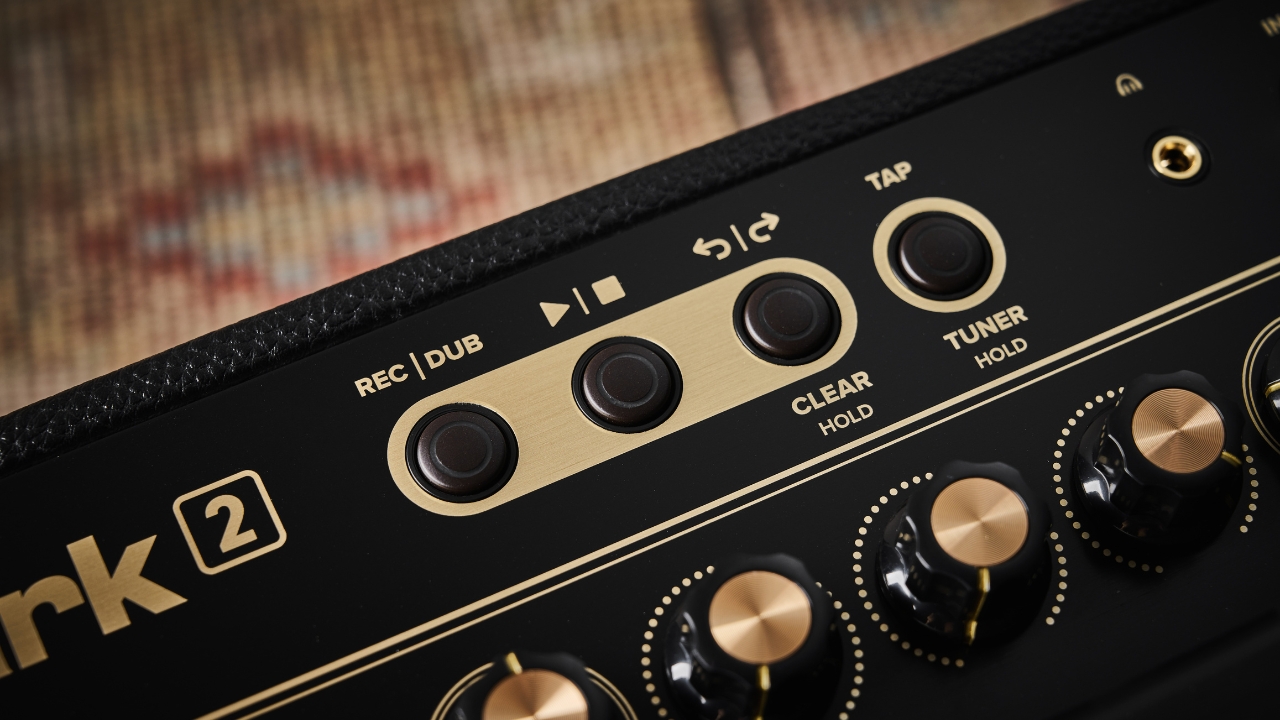
Replacing the old preset buttons on Spark 2 are the new onboard looper controls, although I can’t really see how much mileage you’ll get out of these. Perhaps they’ll come in handy if your smartphone is unavailable for some reason, or you just want a little less screen time when you're jamming with your guitar. The addition of separate guitar and music volume knobs on Spark 2 is another useful improvement, allowing you to more carefully balance between your own guitar and any songs or backing tracks you’re jamming along to.
The app is unchanged between the two different amp models, so if you’re used to using Spark App with your Spark 1, you’ll find very little difference in Spark 2. Aside from the extra features accessed from within the app, the look and feel is pretty much exactly the same, delivering a very similar user experience whether you’re using Spark 1, 2, or for that matter, any of PG’s other smart amps.
Winner - Spark 2 just about nudges this one for me thanks to the doubling of the presets and hardware looper function. While both amps are very easy to use, we feel Spark 2's 8 user presets make it a much more usable prospect, opening up more options for tones at the push of a button.
Positive Grid Spark 1 vs Spark 2: Sound
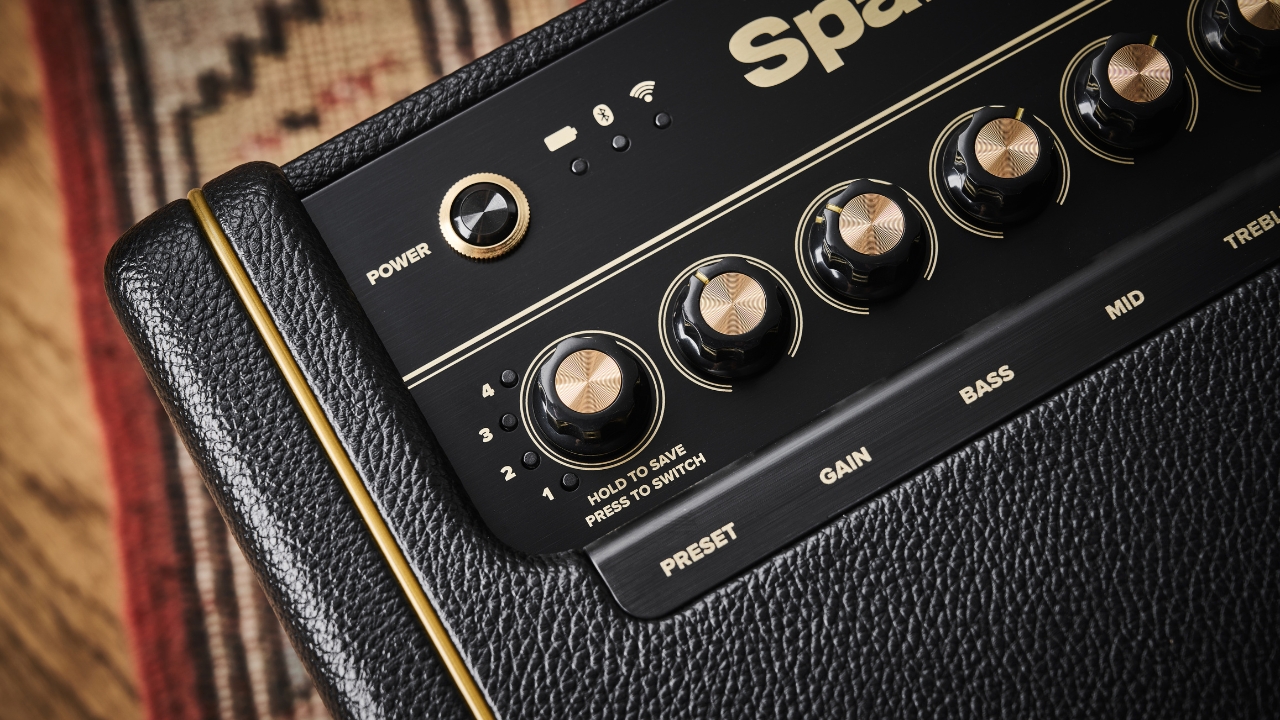
One of the most common complaints about Spark 1 was some users getting unusable levels of bass on certain amp models, resulting in a muddy or boomy tone. It was a small issue, but an issue nonetheless when it comes to looking at both amps' sound quality.
It has been resolved on Spark 2, which delivers a much-improved sound and no issues with the bass that I could discern during my testing. Although I'm unsure of the direct cause of the issue, no doubt improvements to the speakers have helped contribute to Spark 2’s superior sound quality.
Spark 1 is by no means a bad-sounding amp, after all, it’s one of the most popular practice/desktop amps ever made for a very good reason. It still delivers today, providing exceptionally good amp tones that are plenty good enough to cope with the demands of the modern player whether you’re after high-gain metal tones or pristine clean sounds.
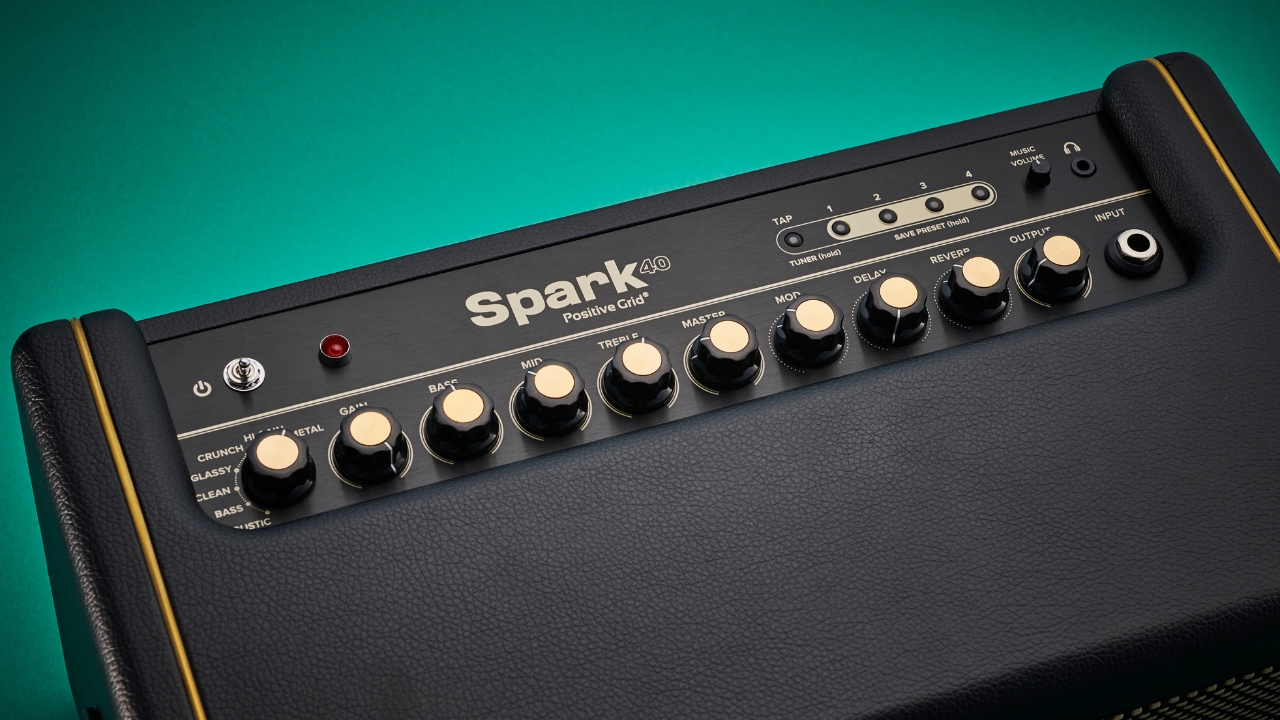
The addition of improved FRFR speakers, slightly angled outwards, ensures Spark 2 delivers a far larger soundstage than Spark 1, which is especially noticeable with stereo delay and reverb effects. Spark 2 also features ‘HD’ amp models which boast improved tones, plus a computational audio chip aimed at improving the overall sound quality. For our money, it delivers on its promises incredibly well, and I found the quality of its amp simulation to be fantastic.
Spark 2 also features an extra 10 watts of power which helps it deliver an even larger tone than its predecessor, even if you’re not likely to crank it to the max when practicing at home. It's certainly loud, and the extra power makes it more usable when jamming with friends, and also enhances its capabilities as a Bluetooth speaker to really get the party going.
Winner - Spark 2 takes it again, boasting an impressive improvement in the overall sound quality stakes. It resolves one of the key issues of Spark 1, and gains some extra power for when you really want to crank things.
Positive Grid Spark 1 vs Spark 2: Verdict
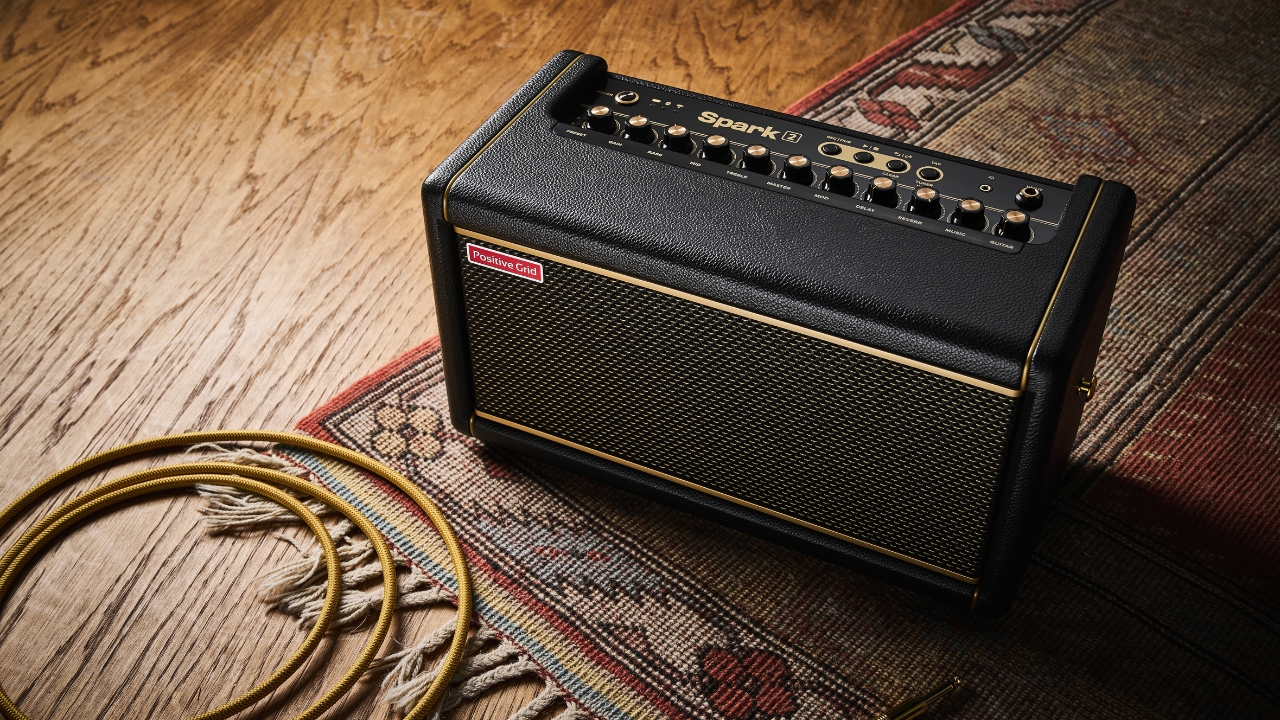
It might come as no surprise that Spark 2 is, in my opinion, a better amp than Spark 1. With many extra features and improvements made since the original, this was Spark 2’s game to lose, and Positive Grid has absolutely delivered with the latest iteration of their smart amp. It’s bigger and bolder, adding plenty to keep existing users satiated as well as tempting those who haven’t tried a PG amp.
That said, there’s still a place for Spark 1. If you already own the amp, are happy with the sound, and aren’t fussed about using a looper, you might find there isn’t all that much to the latest edition. Those looking for a bargain might also find that the prices on Spark 1 drop significantly as Spark 2 becomes established, making it a great option if you’re short on cash. If you are an existing Spark 1 user, you can also purchase Spark 2 at a discounted rate using Positive Grid's upgrade program.
All-in-all I’d say Spark 2 is a more than worthy successor to the throne of best home guitar amp, and if you’re considering making the upgrade you aren’t likely to be disappointed. With the addition of a footswitch the looper will give you plenty of new things to play with, and the new amp models sound absolutely incredible through those FRFR speakers.

Matt is a Junior Deals Writer here at Guitar World. He regularly tests and reviews music gear with a focus on guitars, amps, pedals, modelers, and pretty much anything else guitar-related. Matt worked in music retail for 5 years at Dawsons Music and Northwest Guitars and has written for various music sites including MusicRadar, Guitar Player, Guitar.com, Ultimate Guitar, and Thomann’s t.blog. A regularly gigging guitarist with over 20 years of experience playing live and writing and recording in bands, he's performed everything from jazz to djent, gigging all over the country in more dingy venues than you can shake a drop-tuned guitar at.
You must confirm your public display name before commenting
Please logout and then login again, you will then be prompted to enter your display name.
